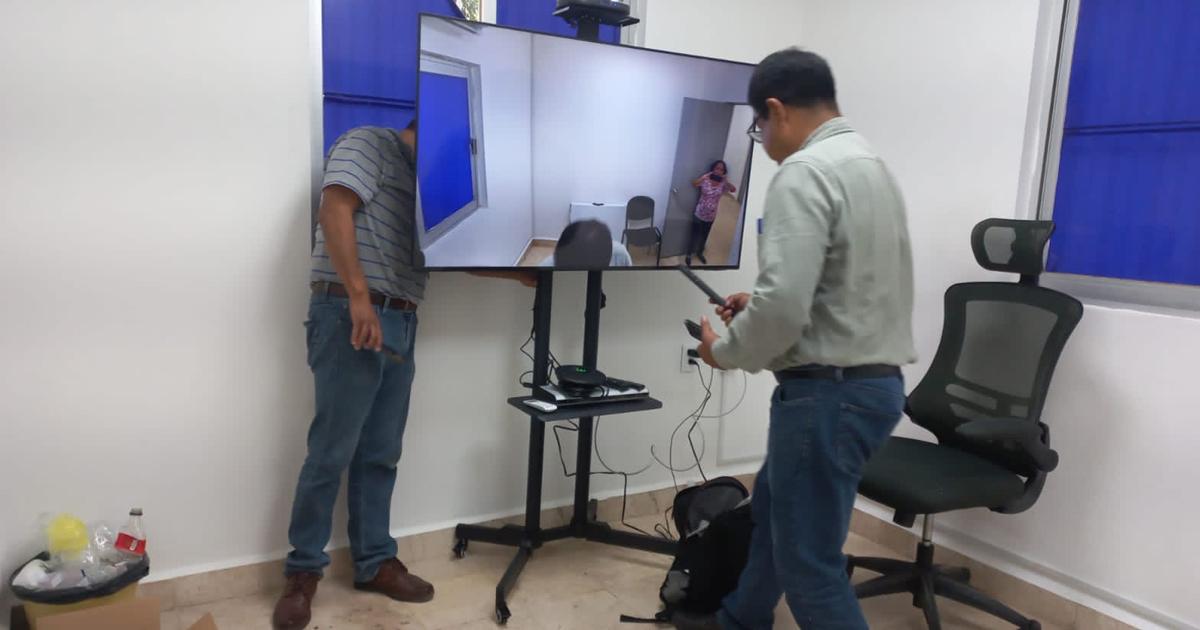Este método promete ser útil para futuras aplicaciones en biomédica.
Científicos desarrollaron un método que involucra radiación de terahercios para el monitoreo de cambios de temperatura. Esta tecnología funciona a través de partículas que absorben la luz y la convierten en fuentes de calor localizadas, esta innovación podría ser utilizada en terapia fototérmica, uno de los nuevos tipos de tratamiento contra el cáncer que consiste en enfocar luz laser infrarroja sobre nanopartículas cercanas a la zona de tratamiento.
El calentamiento localizado en estos sistemas debe controlarse cuidadosamente ya que el tejido vivo es delicado. Existe la posibilidad de que se produzcan quemaduras graves y daños en los tejidos si se aplica un calentamiento no deseado en el sitio incorrecto. La capacidad de controlar los aumentos de temperatura es crucial en el desarrollo de esta tecnología. Se han intentado varios enfoques, pero todos poseen inconvenientes de diversos tipos, incluida la necesidad de insertar sondas o inyectar materiales adicionales.
In December 2019, reports on the development of this method to measure temperatures in this type of system, using terahertz radiation, were published in APL Photonic. los informes sobre el desarrollo de este método para medir las temperaturas en este tipo de sistemas, utilizando radiación de terahercios. Para realizar este estudio se utilizaron suspensiones de nanobarras de oro de varios tamaños, colocadas en pequeñas cubetas con agua. Estas fueron iluminadas por un láser enfocado en un punto específico de la cubeta.

“Podemos trazar un mapa de la distribución de temperatura escaneando la cubeta con radiación de terahercios, produciendo una imagen térmica”, dijo el coautor Junliang Dong.
“Al combinar las mediciones de las temperaturas transitorias en el tiempo y las imágenes térmicas en el espacio a frecuencias de terahercios, hemos desarrollado una técnica sin contacto y no invasiva para caracterizar estas nanopartículas”, dijo el coautor Roberto Morandotti.







